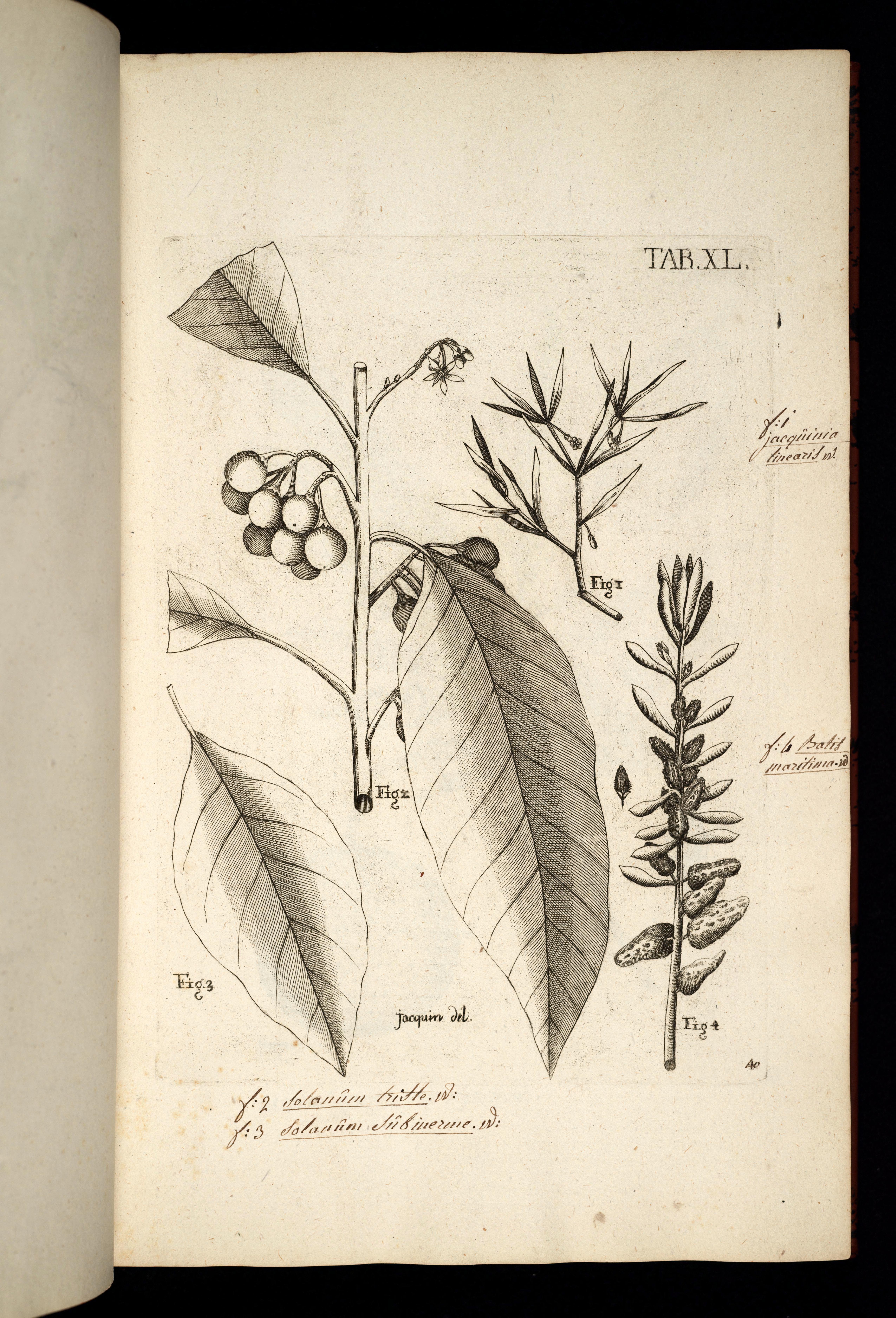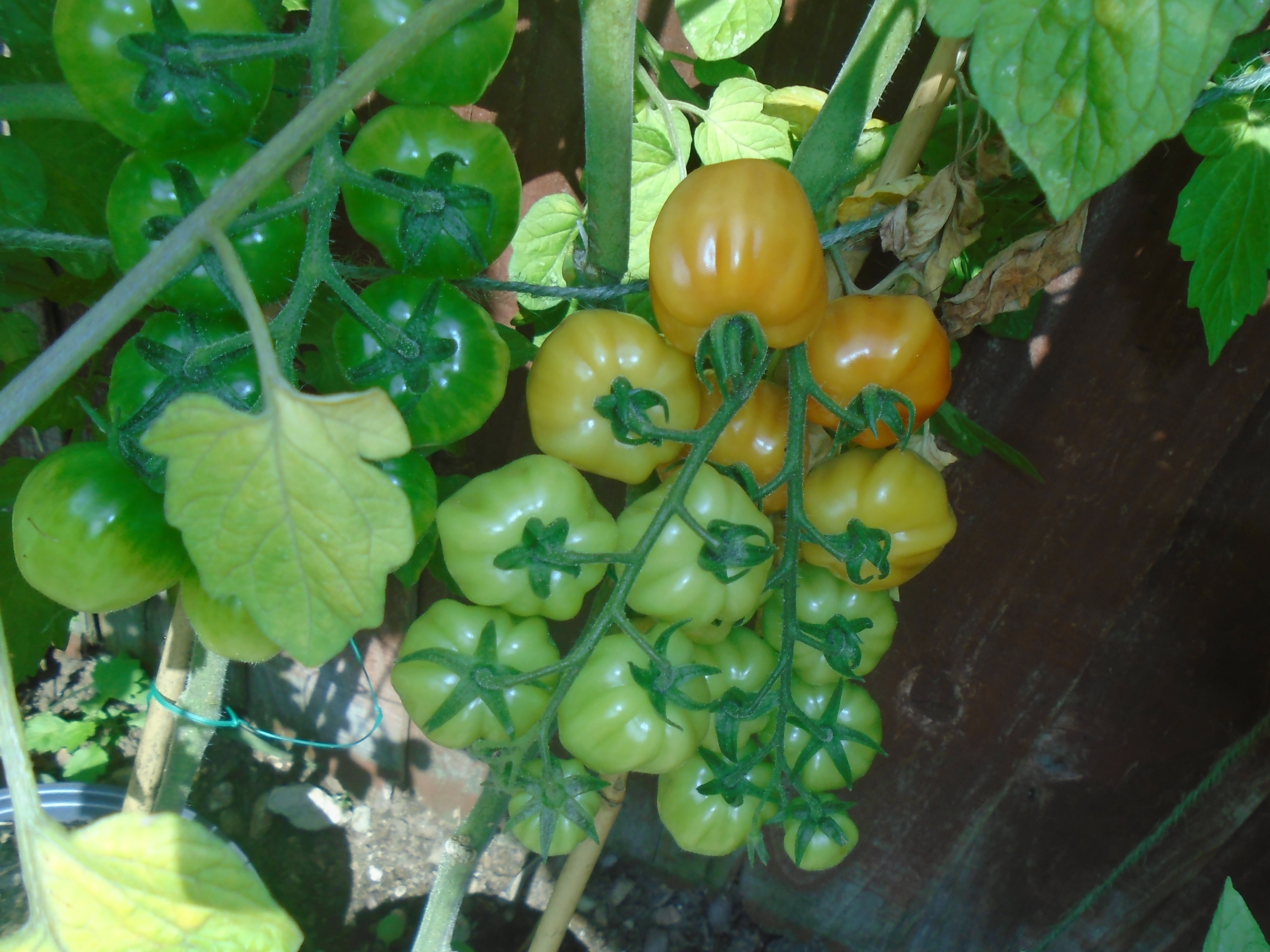|
Pea Eggplant
''Solanum torvum'', also known as pendejera, turkey berry, devil's fig, pea eggplant, platebrush or susumber, is a bushy, erect and spiny perennial plant used horticulturally as a rootstock for eggplant. Grafted plants are very vigorous and tolerate diseases affecting the root system, thus allowing the crop to continue for a second year. Description The plant is usually 2 or 3 m in height and 2 cm in basal diameter, but may reach 5m in height and 8 cm in basal diameter. The shrub usually has a single stem at ground level, but it may branch on the lower stem. The stem bark is gray and nearly smooth with raised lenticels. The inner bark has a green layer over an ivory color (Little and others 1974). The plants examined by the author , growing on firm soil, had weak taproots and well-developed laterals. The roots are white. Foliage is confined to the growing twigs. The twigs are gray-green and covered with star-shaped hairs. The spines are short and slightly curve ... [...More Info...] [...Related Items...] OR: [Wikipedia] [Google] [Baidu] |
Missouri Botanical Garden
The Missouri Botanical Garden is a botanical garden located at 4344 Shaw Boulevard in St. Louis, Missouri. It is also known informally as Shaw's Garden for founder and philanthropy, philanthropist Henry Shaw (philanthropist), Henry Shaw. Its herbarium, with more than 6.6 million specimens, is the second largest in North America, behind that of the New York Botanical Garden. Its Peter H. Raven Library contains 85% coverage of all literature ever published on systematic botany and plant taxonomy. The ''Index Herbariorum'' code assigned to the herbarium is MO and it is used when citing housed specimens. History The land that is currently the Missouri Botanical Garden was previously the land of businessman Henry Shaw. Founded in 1859, the Missouri Botanical Garden is one of the oldest botanical institutions in the United States and a National Historic Landmark. It is also listed in the National Register of Historic Places. In 1983, the botanical garden was added as the fourt ... [...More Info...] [...Related Items...] OR: [Wikipedia] [Google] [Baidu] |
Diederich Franz Leonhard Von Schlechtendal
Diederich Franz Leonhard von Schlechtendal (27 November 1794, Xanten – 12 October 1866, Halle an der Saale, Halle) was a German botanist. Life and work Von Schlechtendal was born in Xanten, Xanten am Rhein and when his father Diederich Friedrich Carl von Schlechtendal (1767-1842) became a court judge. His mother Katharina Margarete Schlechtendal, née Bartels died when he was just three. His father lost his job when the French occupied the left bank of the Rhine and the family moved to Berlin. Contact with Carl Ludwig Willdenow, Carl Willdenow made him interested in botany at an early age. He went to the gymnasium in Berlin and then in a monastery school before joining voluntary military service in Breslau. He was dismissed for being physically unfit and he returned to Berlin to study botany. In 1813 he attended lectures in botany and medicine under Christoph Wilhelm Hufeland (1762-1836), Carl August Wilhelm Berends, Karl August Berends (1795-1826), and Karl Ferdinand von Gr ... [...More Info...] [...Related Items...] OR: [Wikipedia] [Google] [Baidu] |
Solanum Subinerme
''Solanum subinerme'' is a species of flowering plant from the genus ''Solanum''. The species was originally described by Nikolaus Joseph von Jacquin. Description ''Solanum subinerme'' is a flowering shrub that can grow up to 3 meters in height. It has purple flowers and berrylike fruit. Range ''Solanum subinerme'' has been observed and documented in the northern part of South America and the Caribbean. Ecology It has been suggested that cattle ingesting ''Solanum subinerme'' may experience cerebellar degeneration. The main clinical signs are periodic crises with loss of balance, falls, opisthotonus, and nystagmus. Look-a-likes ''Solanum subinerme'' looks similar to ''Solanum junctum'' and ''Solanum poinsettiifolium''. ''S. subinerme'' has larger flowers, longer cauline prickles, and often has long straight prickles on the adaxial leaf surface that are lacking in Solanum junctum. Solanum poinsettiifolium has fewer spines, dense white tomentum on the abaxial leaf surfaces, sto ... [...More Info...] [...Related Items...] OR: [Wikipedia] [Google] [Baidu] |
Jean-Baptiste Lamarck
Jean-Baptiste Pierre Antoine de Monet, chevalier de Lamarck (1 August 1744 – 18 December 1829), often known simply as Lamarck (; ), was a French naturalist, biologist, academic, and soldier. He was an early proponent of the idea that biological evolution occurred and proceeded in accordance with Naturalism (philosophy), natural laws. Lamarck fought in the Seven Years' War against Prussia, and was awarded a commission for bravery on the battlefield. Posted to Monaco, Lamarck became interested in natural history and resolved to study medicine.#Packard, Packard (1901), p. 15. He retired from the army after being injured in 1766, and returned to his medical studies. Lamarck developed a particular interest in botany, and later, after he published the three-volume work ''Flore françoise'' (1778), he gained membership of the French Academy of Sciences in 1779. Lamarck became involved in the Jardin des Plantes and was appointed to the Chair of Botany in 1788. When the French Nationa ... [...More Info...] [...Related Items...] OR: [Wikipedia] [Google] [Baidu] |
Nikolaus Joseph Von Jacquin
Nikolaus Joseph Freiherr von Jacquin (16 February 172726 October 1817) was a scientist who studied medicine, chemistry and botany. Biography Born in Leiden in the Netherlands, he studied medicine at Leiden University, then moved first to Paris and afterward to Vienna. In 1752, he studied under Gerard van Swieten in Vienna. Between 1755 and 1759, Jacquin was sent to the West Indies, Central America, Venezuela and New Granada by Francis I, Holy Roman Emperor, Francis I to collect plants for the Schönbrunn Palace, and amassed a large collection of animal, plant and mineral samples. In 1797, Alexander von Humboldt profited from studying these collections and conversing with Jacquin in preparation of his own journey to the Americas. In 1763, Jacquin became professor of chemistry and mineralogy at the Mining Academy (Banská Štiavnica), Bergakademie Schemnitz (now Banská Štiavnica in Slovakia). In 1768, he was appointed Professor of Botany and Chemistry and became director of ... [...More Info...] [...Related Items...] OR: [Wikipedia] [Google] [Baidu] |
Solanum Lanceifolium
''Solanum'' is a large and diverse genus of flowering plants, which include three food crops of high economic importance: the potato, the tomato and the eggplant (aubergine, brinjal). It is the largest genus in the nightshade family Solanaceae, comprising around 1,500 species. It also contains the so-called horse nettles (unrelated to the genus of true nettles, ''Urtica''), as well as numerous plants cultivated for their ornamental flowers and fruit. ''Solanum'' species show a wide range of growth habits, such as annuals and perennials, vines, subshrubs, shrubs, and small trees. Many formerly independent genera like '' Lycopersicon'' (the tomatoes) and ''Cyphomandra'' are now included in ''Solanum'' as subgenera or sections. Thus, the genus today contains roughly 1,500–2,000 species. Name The generic name was first used by Pliny the Elder (AD 23–79) for a plant also known as , most likely ''S. nigrum''. Its derivation is uncertain, possibly stemming from the Latin word , ... [...More Info...] [...Related Items...] OR: [Wikipedia] [Google] [Baidu] |
Solanum Campechiense
''Solanum campechiense'', the redberry nightshade, is a plant in the family Solanaceae Solanaceae (), commonly known as the nightshades, is a family of flowering plants in the order Solanales. It contains approximately 2,700 species, several of which are used as agricultural crops, medicinal plants, and ornamental plants. Many me .... References External links ''Solanum campechiense'' L. on Solanaceae Source— Images, description, specimens and a full list of scientific synonyms. * campechiense Plants described in 1753 Taxa named by Carl Linnaeus {{Solanales-stub ... [...More Info...] [...Related Items...] OR: [Wikipedia] [Google] [Baidu] |
Philip Miller
Philip Miller Royal Society, FRS (1691 – 18 December 1771) was an English botany, botanist and gardener of Scottish descent. Miller was chief gardener at the Chelsea Physic Garden for nearly 50 years from 1722, and wrote the highly popular ''The Gardeners Dictionary''. Life Born in Deptford or Greenwich, Miller was chief gardener at the Chelsea Physic Garden from 1722 until he was pressured to retire shortly before his death. According to the botanist Peter Collinson (botanist), Peter Collinson, who visited the physic garden in July 1764 and recorded his observation in his commonplace books, Miller "has raised the reputation of the Chelsea Garden so much that it excels all the gardens of Europe for its amazing variety of plants of all orders and classes and from all climates..." He wrote ''The Gardener's and Florists Dictionary or a Complete System of Horticulture'' (1724) and The Gardeners Dictionary, ''The Gardener's Dictionary containing the Methods of Cultivating and Im ... [...More Info...] [...Related Items...] OR: [Wikipedia] [Google] [Baidu] |
Solanum Scuticum
''Solanum'' is a large and diverse genus of flowering plants, which include three food crops of high economic importance: the potato, the tomato and the eggplant (aubergine, brinjal). It is the largest genus in the nightshade family Solanaceae, comprising around 1,500 species. It also contains the so-called horse nettles (unrelated to the genus of true nettles, ''Urtica''), as well as numerous plants cultivated for their ornamental flowers and fruit. ''Solanum'' species show a wide range of growth habits, such as annuals and perennials, vines, subshrubs, shrubs, and small trees. Many formerly independent genera like '' Lycopersicon'' (the tomatoes) and ''Cyphomandra'' are now included in ''Solanum'' as subgenera or sections. Thus, the genus today contains roughly 1,500–2,000 species. Name The generic name was first used by Pliny the Elder (AD 23–79) for a plant also known as , most likely ''S. nigrum''. Its derivation is uncertain, possibly stemming from the Latin word , ... [...More Info...] [...Related Items...] OR: [Wikipedia] [Google] [Baidu] |







